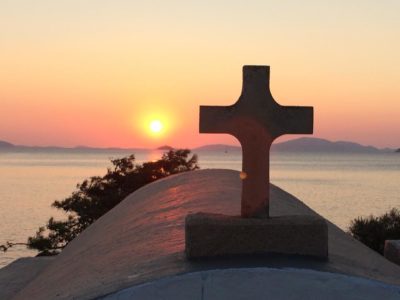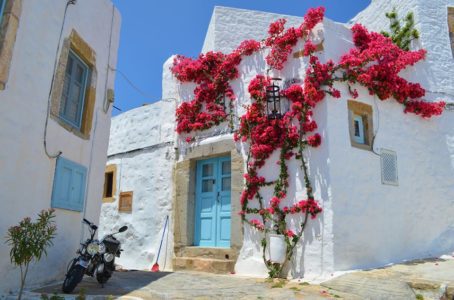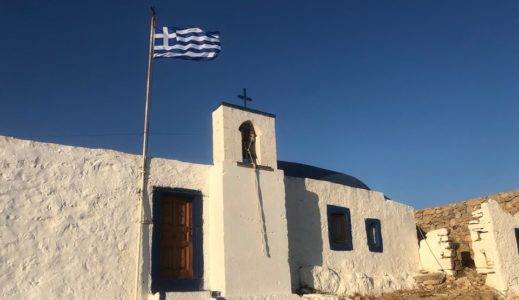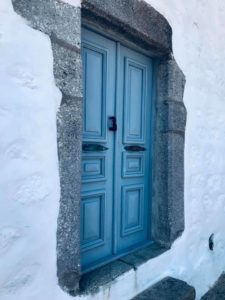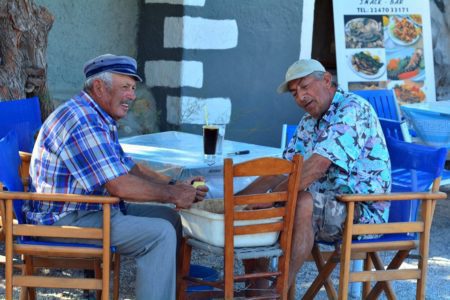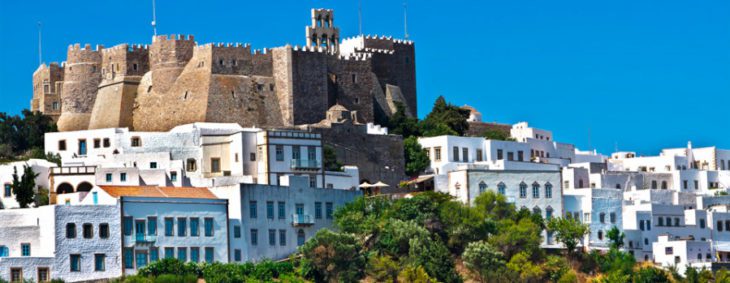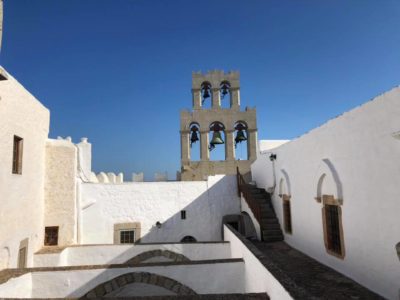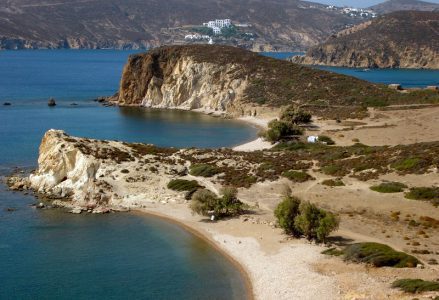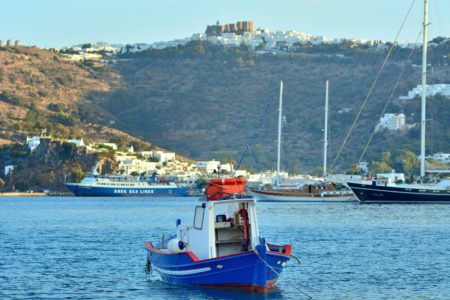Holiday in Patmos
Patmos is one of the most spectacular island of the Dodecanese due to its wild beauty combined with a strong historical-religious imprint. It is called the island of the Apocalypse because the last, and most mystical, part of the Bible was written right here. This is an island with an important history, rich in Byzantine culture but also characterized by a particular naturalistic aspect. In fact, its volcanic origins have given its strange rocky conformations and an inland rich in fertile valleys.
Traditional Greek architecture, the warmth and hospitality of the inhabitants are the reasons why the island is loved by visitors from all over the world. Located to the northeast, among the last islands of the Dodecanese, it is surrounded by Leros and the Cyclades islands of Naxos and Mykonos. The climate is exceptional with a very long, dry and hot summer. The temperatures easily exceed 35 ° but, thanks to the constant and light wind, they bear well.
Patmos Island Sacred and Holy
In the first century Patmos was conquered by the Romans who used it as an island for exiles, among whom there was, in the years 95-97, the Apostle Saint John. Sent into exile for his preaching of Jesus’ testimony, he forever changed the fate of the island of Patmos.
Furthermore, towards the north, on the road from Kambos to Geranòs in the Livadi plain, there is a large presence of very small enclosed communities devoted to spiritual retreat. It is believed that here, in the early nineteenth century, a veritable movement of ascetics, known as Kolivades, was determined to restore the Christian faith to its ancient origins. The traces of this curious group of hermits are still seen in Kathisma, near the beach of Lambi, in the retreat of St. George.
Hora
Hora, the capital and historic center of Patmos, together with the Monastery and the Cave of the Apocalypse, have been under UNESCO protection since 1999. The Greek Parliament itself officially recognized Patmos as a Greek Holy Island. A favorite destination of Orthodox pilgrims throughout the year. This island is also very popular with hikers arriving with ships and gullets cruising the Dodecanese.
It is built in Cycladic style with small blue and white houses interspersed with inner courtyards, galleries and narrow alleys dipped in lime. All enclosed by the Medieval Fortress which coincides with the imposing Monastery of San Giovanni. The most important visit of Patmos is that of the majestic monastic complex dedicated to the Evangelist. For sure among the most sensational architectural wonders of the Aegean. Its foundation dates back to 1088 by the monk Christodoulos. From some traces, it seems that here an archaic temple dedicated to the goddess of hunting, Artemis, had been established.
Other places and beaches
Skala, the main town, has about two thousand inhabitants and it is the administrative and commercial center of Patmos. Its imposing port hosts numerous fishing boats but also ferries and cruise ships. Waterfront, characterized by some buildings dating back to the Italian occupation and numerous Greek taverns and cafeterias.
Here are most of the hotels in Patmos and a small sandy beach frequented by visitors on the island.
Therefore, easy to find the port of Skala and the Byzantine city of Hora very crowded during the day. The other places on the island, less frequented by excursion tourists, instead maintain a certain tranquility.
Following the main road from Skala leads to the village of Kambos, about 5 km away. The first beach along this road, reachable on foot or by boat – by taxi, is the Melì Beach. Nearby Agriolivado bay is much quieter where you will find a sandy and pebble beach and a small marina where private yachts drop anchor throughout the summer. From Kambos, the road continues towards the tip of Alyki where Vaghià is, a thin strip of gravel with tamarisk trees. Here the sea has slightly cold waters and a deep bottom, but it is a great place to practice snorkeling. Further on is Livadi tou Gernou, a bay closed by the islet of San Giorgio.
Where to eat
There are many restaurants and taverns where you can find excellent Greek cuisine, dishes and local specialties, as well as of course fresh fish. Generally, on Patmos and in particular in Skala and Hora, a little more is spent than in other Greek islands, the restaurants are mostly tourist and always very crowded. At the port of Skala most restaurants are concentrated along the street parallel to the port. During the day they are very frequented by groups on a daily excursion of cruise ships, while in the evening they become more characteristic with tables set up directly on the street.
Patmos tourism
Despite its great fame, Patmos has not become a destination for mass tourism yet but a holy destination for religious tourism meeting the tastes of the most reserved tourist with sophisticated tastes. Even in the future it will be difficult to reach higher levels of tourism than the current ones it s for who loves peaceful and uncontaminated atmosphere.
Many limitations are in fact prescribed by the Monastic Institute which has always been contrary to the construction of an airport and to other projects for the urban and infrastructural development of the island. Thus, although there are good job opportunities in trade and tourism during the summer months, agriculture and pastoralism still have a predominant role in the economy. The nearby small Greek islands of Arki and Marathi with their 60 inhabitants are also part of the Municipality of Patmos.


